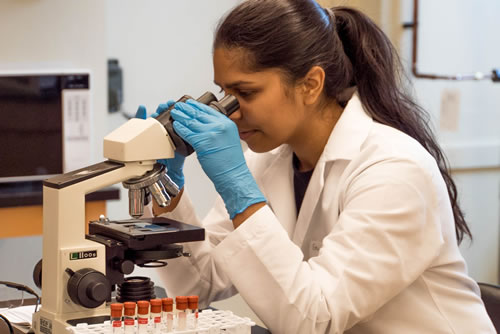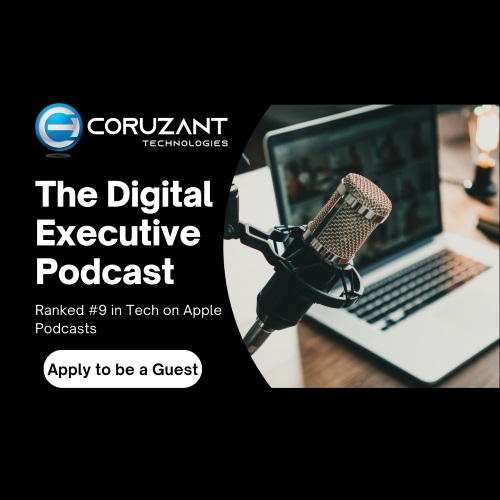I spent several years working in a neuroscience lab at Harvard University. We studied the developing brain, which meant that a lot of our participants were adolescents. To build stronger relationships with local schools, I worked with colleagues. We created an educational initiative to give students a behind-the-scenes look at how our science works.
Key Takeaways
- Students, particularly girls and students of color, often feel disconnected from the image of a scientist due to societal stereotypes.
- The ‘I Am A Scientist’ program humanizes scientists and diversifies the portrayal of scientific careers beyond traditional lab work.
- The program provides educational toolkits that highlight the paths and diverse identities of scientists, helping students see themselves in science.
- By shifting the narrative, the program aims to make science more relatable and relevant for all students, empowering them to explore STEM fields.
- A society connected to science benefits everyone, fostering engagement with scientific questions and ethical considerations.
What Students Said
We brought hundreds of students through the lab. They were able to brush up on their research skills, take selfies with real brains, and even see their teachers’ brains thanks to our MRI machine. Many of the teachers that we worked with shared that this was the only exposure that their students had to scientists. However, the most telling part of the experience was what students in particular, girls and students of color — told me themselves.
“I could never be a scientist. I’m not smart enough.”
“You don’t look like a scientist, are you really?”
“I can’t do science because I don’t want my friends to think I’m a nerd.”
Science has an image problem
What do you think of when you picture a scientist?
If you’re anything like Google Images, it’s probably a white man wearing a lab coat and examining a beaker filled with strange substances. And if you’re anything like the students we asked, it’s specifically Albert Einstein, Bill Nye, or Jimmy Neutron.
Given the stories that are typically told in textbooks, movies, and comics, it makes sense that most students wouldn’t see themselves in these narratives. After all, it can be difficult to pursue a career that doesn’t seem designed for you.
In the US, scientific institutions lack diversity across race, gender, geography, religion, and even political leanings. This is a complicated issue that can’t be boiled down to any single cause or solution. However, we know that societal messaging, insufficient support, and institutional biases all play a part.
Since science itself isn’t immune to the biases of those who do it, it must be representative of and shaped by everyone.
The “I Am A Scientist” program tells a different story
For every white-haired, pipette-wielding, “genius” type with poor social skills, there are a dozen scientists. They are also athletes, musicians, activists, moms, dads, and artists of all ages, identities, and backgrounds.
We recently launched a program to tell their stories, too.
The “I Am A Scientist” program is a collection of educational toolkits based on three principles for breaking barriers in STEM fields:
Humanizing scientists
Students need to understand that becoming a scientist doesn’t mean giving up any other pieces of who they are. We share the wide range of personalities, interests, struggles, and strengths of scientists in the program. This way, students have many opportunities to see themselves in the stories.
Diversifying possibilities
Not all scientists work in a lab with beakers and microscopes. Some dig up artifacts from pits of stone, fly in planes to study clouds, study how people behave in groups, or design tools to connect our world. Some do it for the love of numbers, some out of pure curiosity, and some because it’s a powerful tool for addressing a problem they care about. When a student thinks of science, they should think of an entire world of possibilities. Our program is designed to help them get there.
Clarifying career paths. Many students are never taught the practical steps towards becoming a scientist. They also aren’t taught the options available to them across industry, academia, policy, and education. We break down the exact path that each featured scientist took. This is so that students who are inspired to follow in their footsteps know what the next steps might be.
Shifting the narrative benefits everyone
Reports show that many people in the US do not feel like science is relevant to their lives, despite its connection to so many of the issues on our ballots, in our homes, and on our newsfeeds. Non-scientists often don’t know any scientists themselves, and can find it difficult to connect with the faceless name that’s sharing evidence about something that they care about. Society would benefit from science being a unifying force, rather than a divisive one. That means making sure everyone is connected to it.
“I Am a Scientist” isn’t just for the students who will pursue a STEM career of their own. Students grow up to become leaders, citizens, consumers, and parents. In a society that is increasingly entangled with scientific and technological progress, it’s important for everyone to feel confident engaging with scientific questions, issues, and ethics.
To get there, we first need to make sure that every student knows that they’re smart enough to be a scientist. They also need to know that they look like a scientist. And, of course, that nerds have friends, too.












Comments are closed.